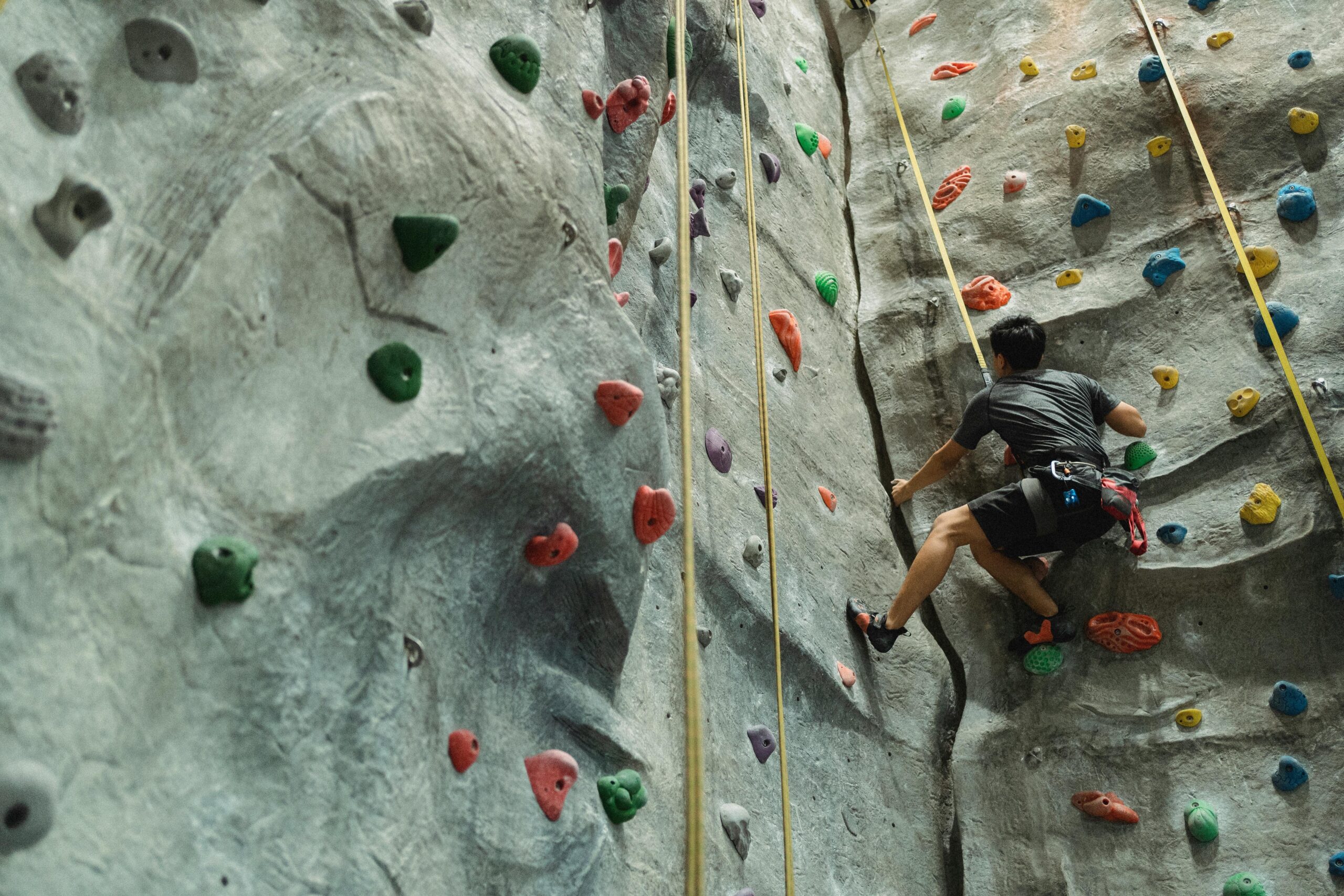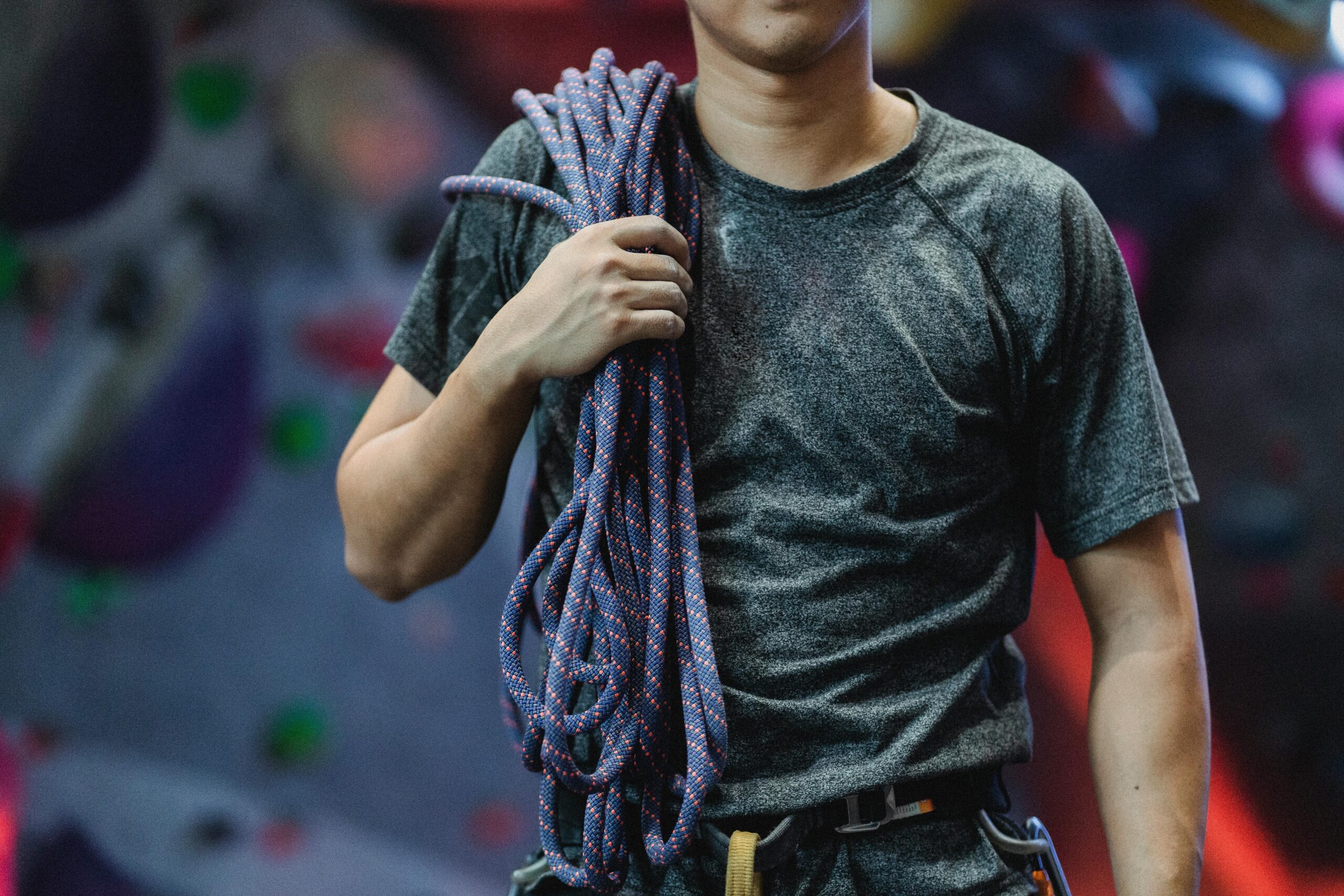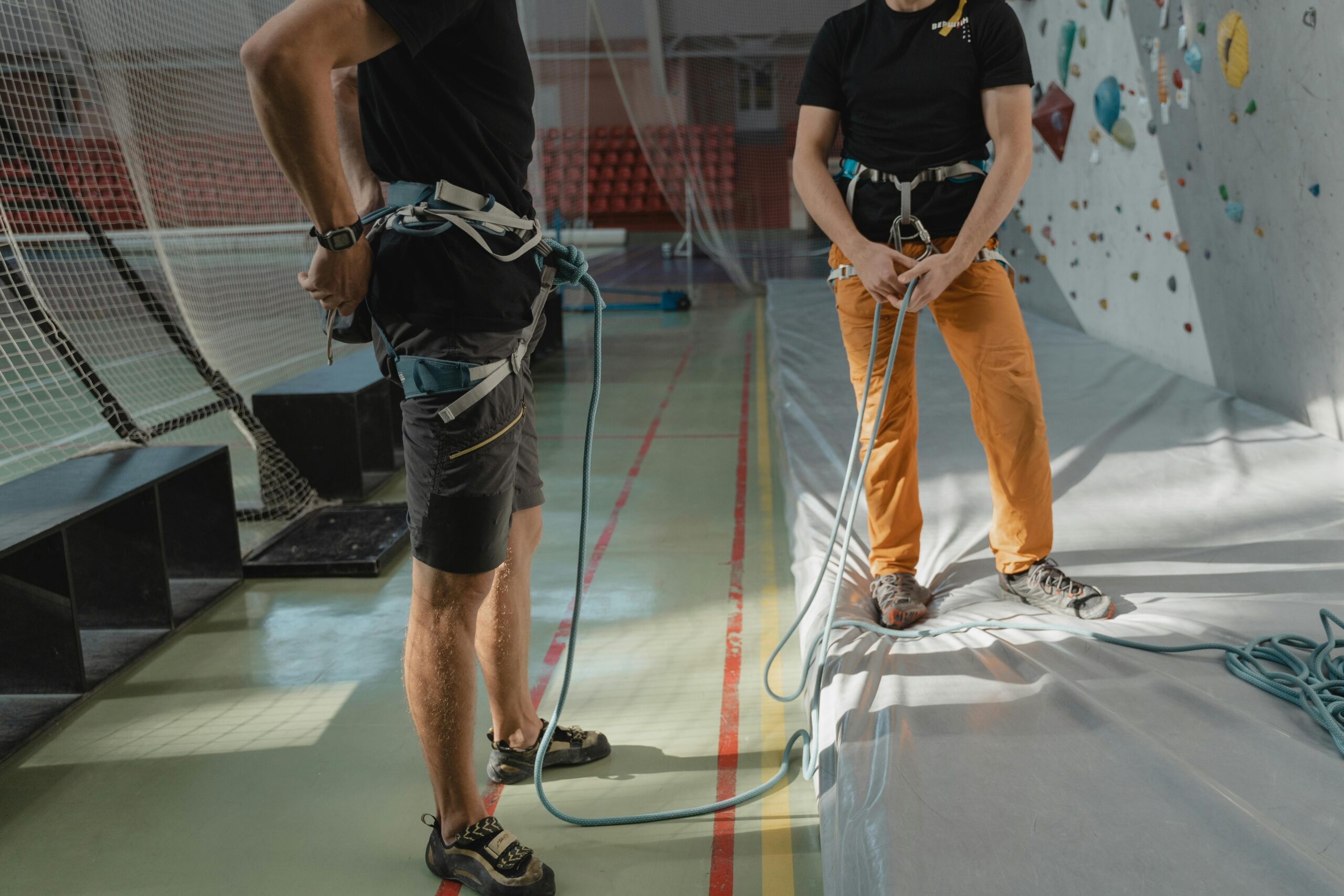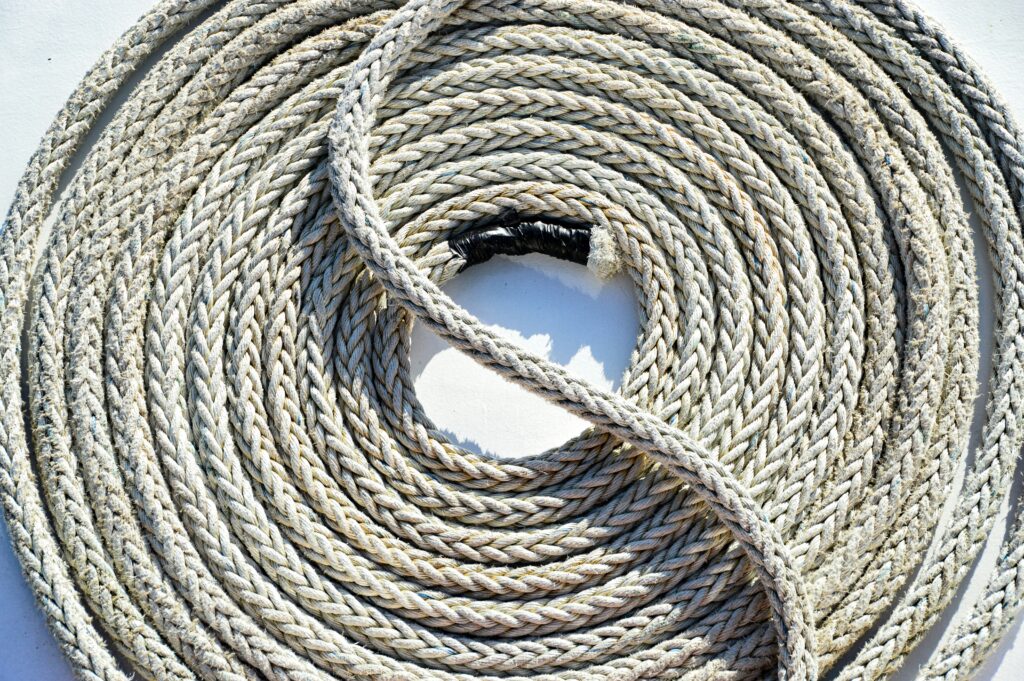Ever felt your climbing rope twist into a chaotic knot mid-climb, forcing you to dangle awkwardly while untangling it? Yeah, we’ve all been there. Rope management isn’t just a skill—it’s a survival tactic when you’re relying on climbing belay devices to keep you safe and efficient. This guide will equip you with proven rope management techniques, actionable tips, and a few quirky stories to make your next climb smoother (and less chaotic).
Here’s what we’ll cover:
- Why Rope Management Matters
- Step-by-Step Guide to Managing Your Rope
- Tips for Using Belay Devices Effectively
- Real-Life Examples of Rope Mishaps
- Frequently Asked Questions (FAQs)
Key Takeaways
- Proper rope management prevents accidents and boosts climbing efficiency.
- Using the right belay device is crucial to maintaining control over your rope.
- Practice basic organizational habits like coiling, flaking, and stacking before every climb.
- Avoid common mistakes such as over-relying on gadgets without learning fundamentals.
Why Does Rope Management Matter?
“Optimist You:” ‘With modern climbing gear, I can relax and let my belay device handle everything!’
“Grumpy You:” ‘Ugh, unless you want to get stuck in a death-loop tangle halfway up a cliff.’
Rope management may not be glamorous, but it’s the unsung hero of climbing safety. A poorly managed rope can lead to disastrous consequences, including entrapment, equipment failure, or even injury. Plus, tangled ropes slow down climbs, ruin pacing, and distract from enjoying nature. In fact, according to surveys conducted by climbing associations, improper rope handling contributes to at least 40% of reported climbing incidents annually.

Image: Nothing ruins a climb faster than battling a knotted rope.
Step-by-Step Guide to Managing Your Rope
Step 1: Coil It Up Properly
Before leaving home, ensure your rope is neatly coiled to prevent kinks and twists. Use the butterfly coil method—it’s compact and keeps both ends accessible.
Step 2: Flake the Rope Thoroughly
At the base of your climb, lay out your rope end-to-end to identify potential weak spots or knots. Flaking ensures smooth feeding through your belay device.
Step 3: Stack Strategically
For multi-pitch climbs, stack your rope in figure-eight loops to avoid tangling as it feeds during transitions. This technique is especially useful for long routes.
Step 4: Communicate with Your Partner
Miscommunication can cause crossed signals and sloppy rope handling. Always confirm commands like “On belay?” and “Climbing!” to maintain clarity.

Image: Properly flaked rope ready for action!
Top Tips for Using Belay Devices Effectively
- Choose the Right Device: Not all belay devices are created equal. Some cater to single-rope scenarios; others excel in double-rope setups. Match your device to your intended use.
- Inspect Regularly: Check for wear and tear on your device after each climb. Even small nicks can compromise performance.
- Master Basic Knots: The figure-eight follow-through knot remains a classic for securing yourself safely to the harness. Practice tying it blindfolded—it might save your life someday.
- Don’t Ignore Fundamentals: Fancy devices won’t compensate for poor technique. Learn how to hand-over-hand feed and take slack smoothly under pressure.
Bonus Tip That Could Ruin Your Day:
Never—seriously, NEVER—use duct tape to fix a damaged rope. Yes, it sounds ridiculous, but people have tried this “hack” in desperate moments. Spoiler alert: It doesn’t work and could lead to catastrophic failures.
Real-Life Examples of Rope Mishaps
I once witnessed a climber lose valuable time trying to untangle their rope mid-route because they skipped flaking beforehand. As he struggled, his partner grew impatient, and tension mounted. They eventually abandoned the climb altogether—a day wasted due to neglecting simple prep steps.
Conversely, another climber showcased exemplary rope management during a group excursion last summer. Despite windy conditions causing loose ends to whip around wildly, her meticulously stacked rope remained tangle-free throughout the entire pitch. Her secret? She swore by practicing flaking religiously before every climb.
Frequently Asked Questions (FAQs)
What Are Some Common Mistakes in Rope Management?
Common errors include failing to coil properly, ignoring flaking routines, and using mismatched belay devices for specific terrain types.
How Often Should I Inspect My Climbing Rope?
You should inspect your rope thoroughly before and after every climbing session. Pay close attention to frays, soft spots, or discoloration.
Can One Belay Device Handle All Types of Climbs?
Nope. While versatile options exist, some devices specialize in sport climbing, trad climbing, or ice climbing. Choose wisely based on your activity.
Conclusion
Rope management is more than just a technical skill—it’s the backbone of a successful climb. With these rope management techniques and expert tips for using climbing belay devices, you’re set to tackle any adventure head-on. Remember, consistency is key: practice good habits every single time you climb.
And finally…
Twisting lines, Untangle haste, Safe climbs blessed.
Like a Tamagotchi, your rope needs daily care if you don’t want chaos later!


